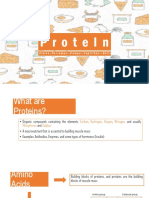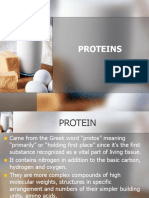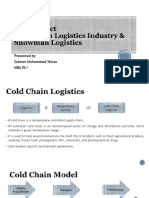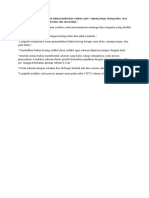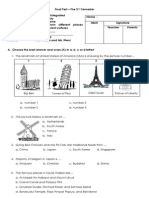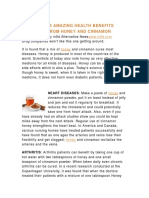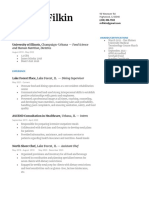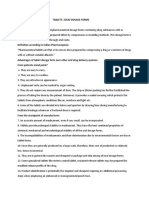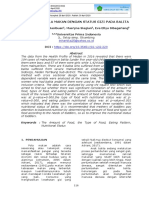0% found this document useful (0 votes)
8 views37 pagesProteins, Applied
The document provides an overview of proteins, detailing their importance in the body, including their roles as structural materials, enzymes, hormones, and transporters. It discusses the structure of proteins, amino acids, protein digestion, and absorption, as well as the health effects of protein deficiency and excess. Additionally, it emphasizes the significance of protein quality and recommendations for protein intake.
Uploaded by
hayalorans1234Copyright
© © All Rights Reserved
We take content rights seriously. If you suspect this is your content, claim it here.
Available Formats
Download as PDF, TXT or read online on Scribd
0% found this document useful (0 votes)
8 views37 pagesProteins, Applied
The document provides an overview of proteins, detailing their importance in the body, including their roles as structural materials, enzymes, hormones, and transporters. It discusses the structure of proteins, amino acids, protein digestion, and absorption, as well as the health effects of protein deficiency and excess. Additionally, it emphasizes the significance of protein quality and recommendations for protein intake.
Uploaded by
hayalorans1234Copyright
© © All Rights Reserved
We take content rights seriously. If you suspect this is your content, claim it here.
Available Formats
Download as PDF, TXT or read online on Scribd
/ 37










